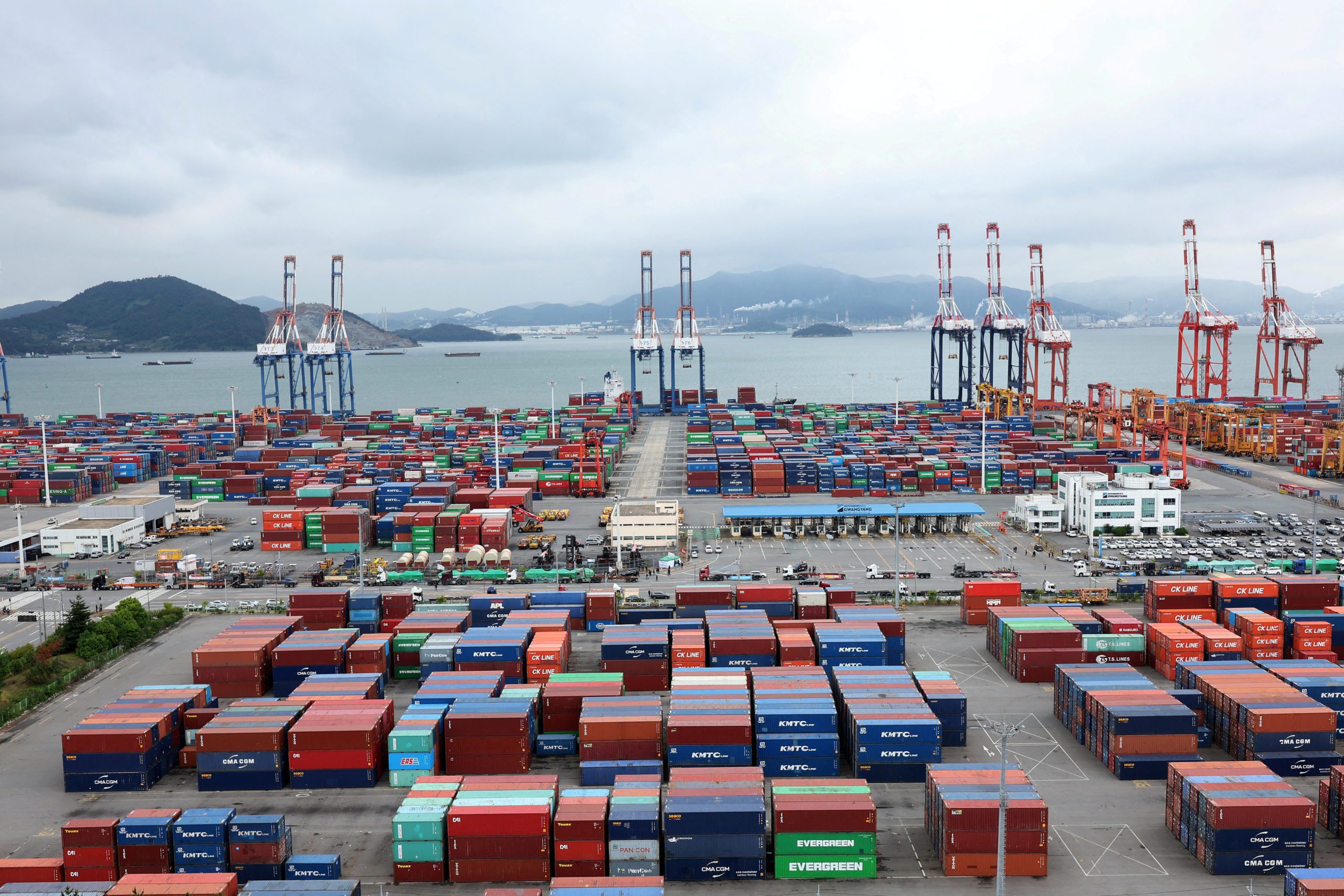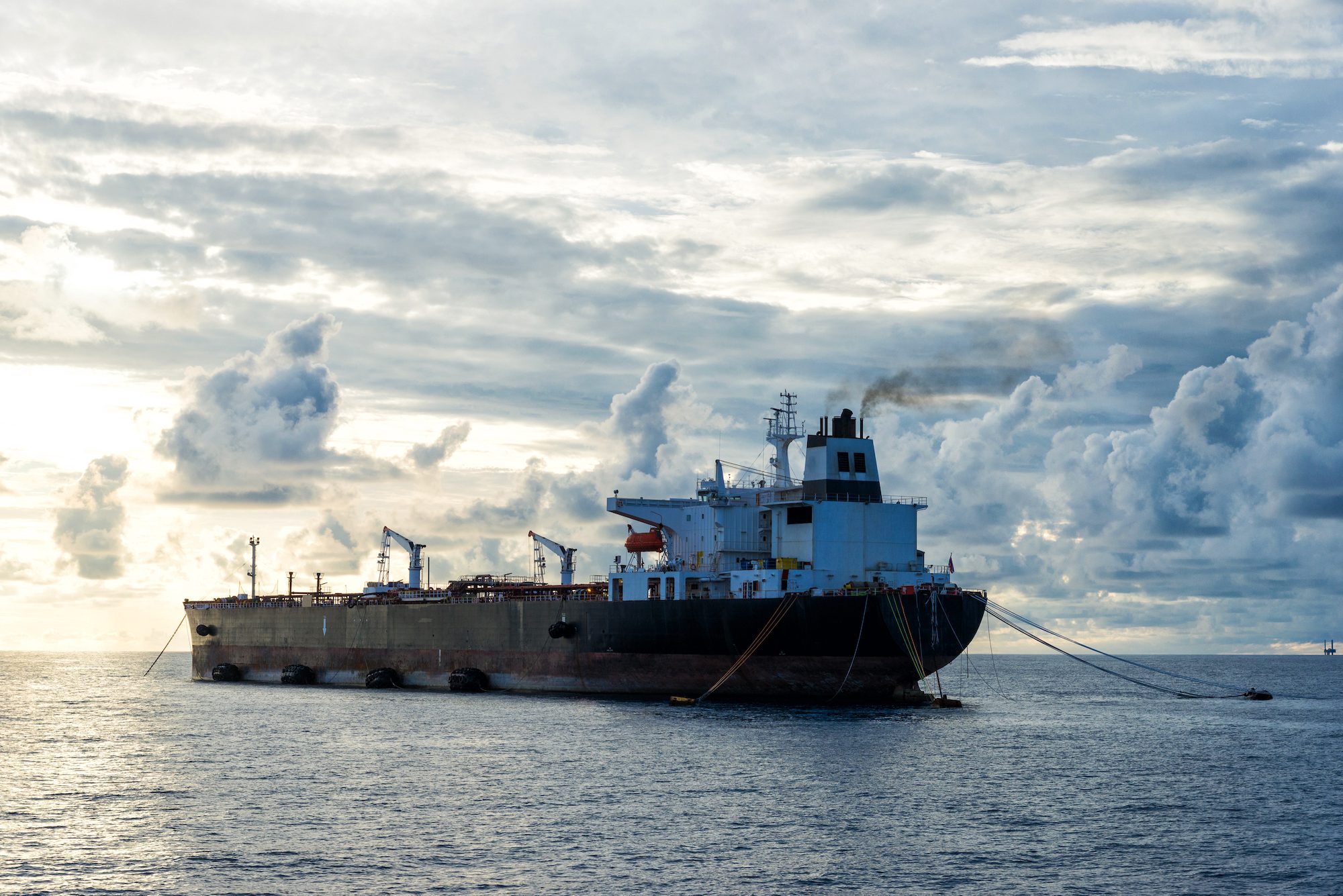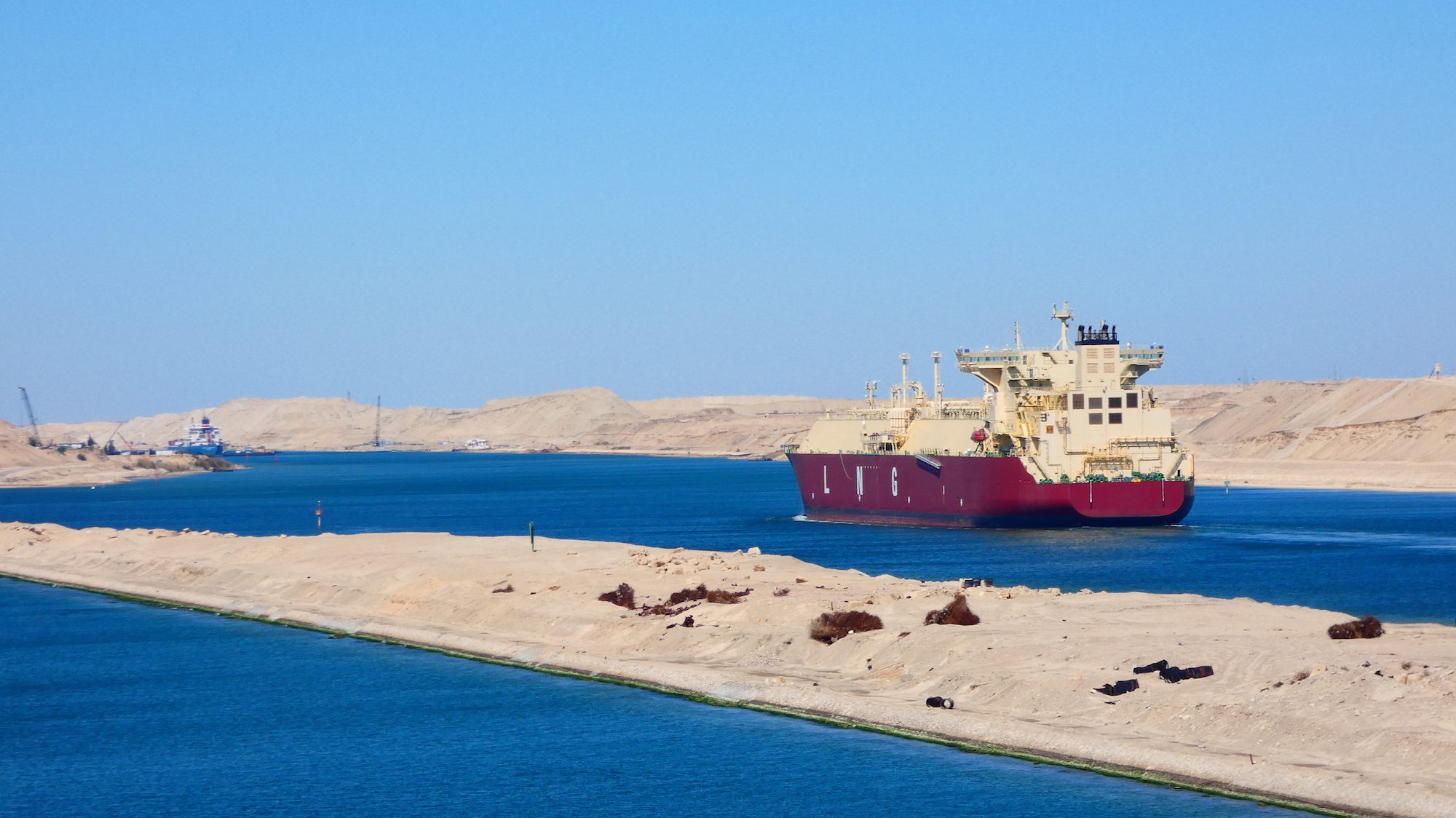Ocean container freight rates are set to decline further in February, influenced by the Middle East ceasefire and Lunar New Year slowdown, despite carriers’ attempts to manage capacity.
According to data from Xeneta, spot rates from the Far East to North Europe currently stand at $3,795 per FEU, while Mediterranean routes command $5,085 per FEU, marking significant drops of 22% and 13% respectively since January 1. The freight rate benchmarking firm says early indicators suggest an additional 5-10% decrease in spot rates for both trades at the start of February.
US-bound routes have also experienced notable declines, with East Coast rates falling 7% to $6,417 per FEU and West Coast rates dropping 14% to $5,021 per FEU during January, according to Xeneta data. The US West Coast route is expected to see further rate decreases, while East Coast rates may show more stability.
Container Spot Rates Slip as Lunar New Year Lull Kicks In
“Ceasefire in the Middle East does not suddenly mean there is now safe passage through the Red Sea for all container ships – but it is enough to cause a change in market sentiment and this has a real impact on freight rates,” explains Peter Sand, Xeneta Chief Analyst.
In response to falling rates, carriers are implementing aggressive capacity management strategies. Blanked sailings from the Far East to Mediterranean will increase to 38,900 TEU by late February, representing a 318% increase from current levels. Similarly, Far East to North Europe routes will see blanked sailings reach 75,700 TEU, up 449%.
The current ceasefire, which began on January 19, is scheduled to last 42 days before entering Phase 2, potentially leading to a permanent agreement. However, Sand warns that February will be crucial for understanding 2025’s rate development.
Despite recent decreases, spot rates remain significantly higher compared to pre-Red Sea crisis levels. The market faces additional pressure from a record number of new vessels entering service, which could trigger a market collapse if widespread Red Sea routing resumes.
The situation remains volatile, with potential influences from geopolitical factors, including proposed Trump tariffs, which could exert upward pressure on freight rates.

 Join The Club
Join The Club











